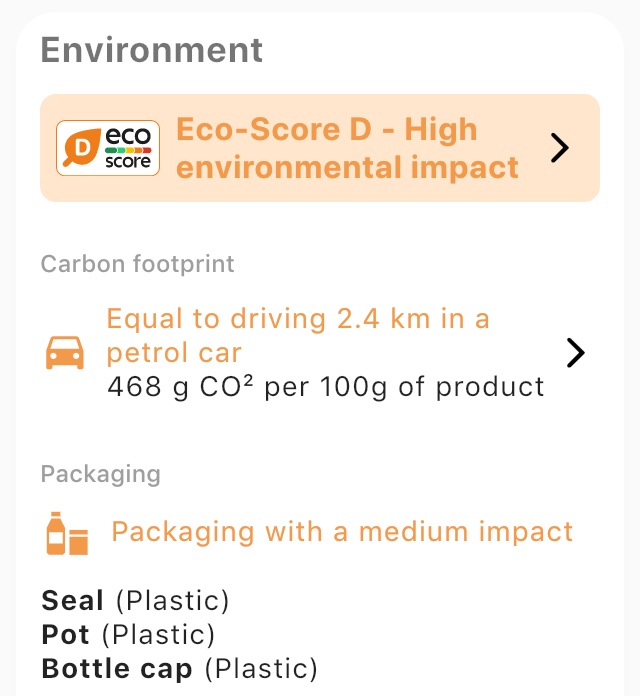
How Open Food Facts can help reduce waste and improve recycling
Contrary to popular belief, most of the waste we produce is not recycled but buried or burned. Globally less than 10% of our waste resources are recycled, either because we don’t know how to recycle the material or because we don’t collect it.


Despite this, reducing waste impact is critical to many of us: 29% of French people consider that waste management is one of the most concerning environmental issues (source: Ademe).
As food waste accounts for most of the waste we produce individually, Open Food Facts can play a critical role in helping to reduce waste and improving recycling, by:
- allowing consumers to find product alternatives with less packaging or with packs that are easier to recycle. This is already possible in our app, as packaging is included in the computation of the Eco-Score.
- providing detailed data about packaging for each product category: it would be valuable for public authorities, producers and consumers to know packaging used in specific categories (ex: milk).

To do so, we need to have detailed packaging information of every product, including the shape (box, bottle), the material (PET plastic, glass,…), recycling instruction and (ideally) weight for each packaging element. Since 2012, it is possible to add packaging information in Open Food Facts, but we don’t support the fine-grained packaging schema described above. Because of this lack of structured data, packaging information is currently rarely taken into account when computing Eco-Score in Open Food Facts.
ADEME (the French environment agency) has decided to help us tackle this challenge by funding a project to create this new packaging data model, to improve packaging interfaces on mobile and web, and to organise the collection of detailed packaging information on the 10,000 most popular products in France!

No Comments